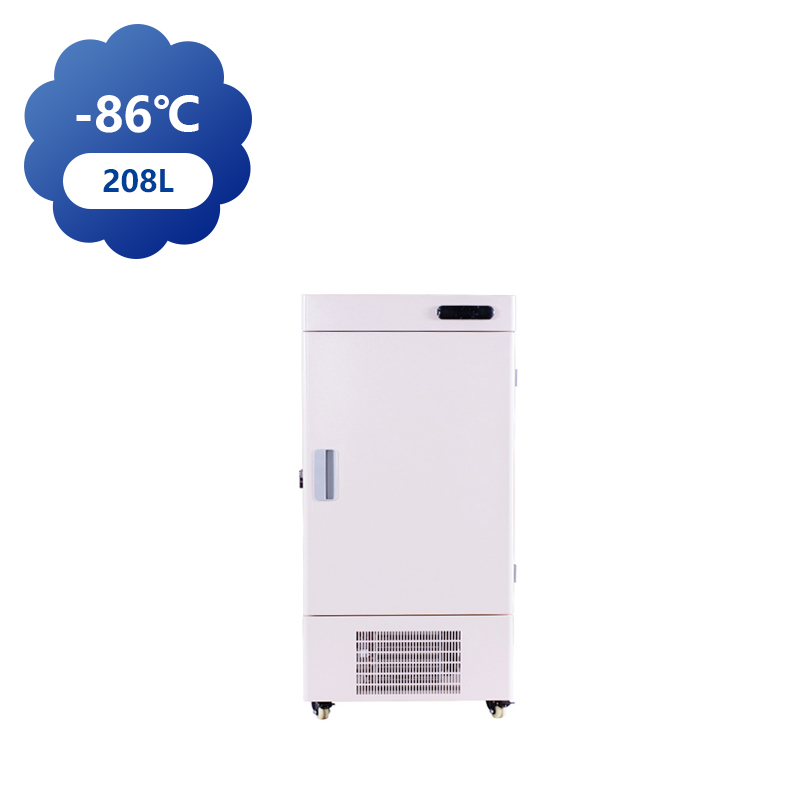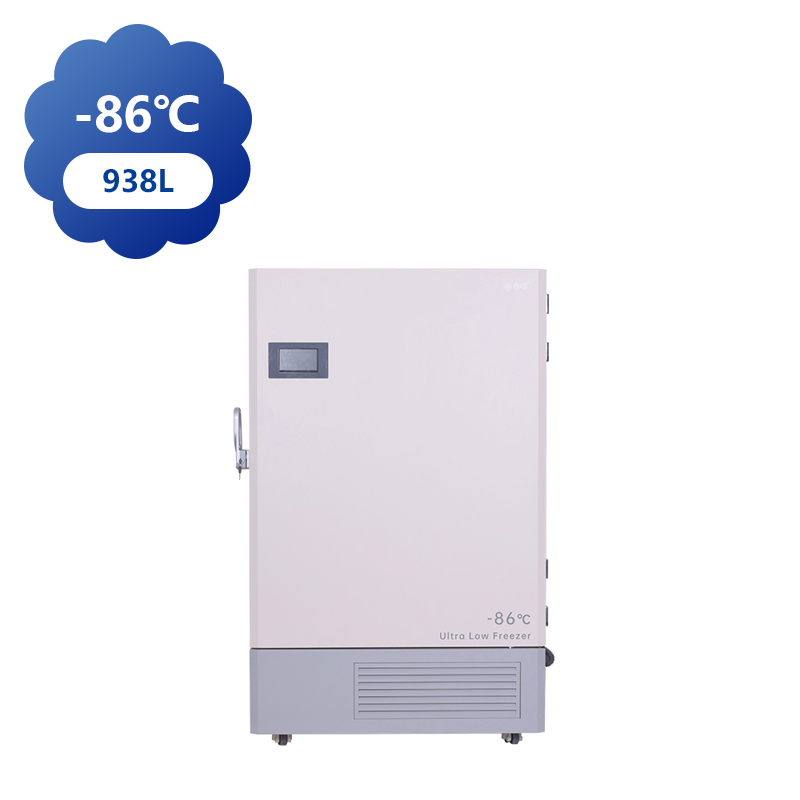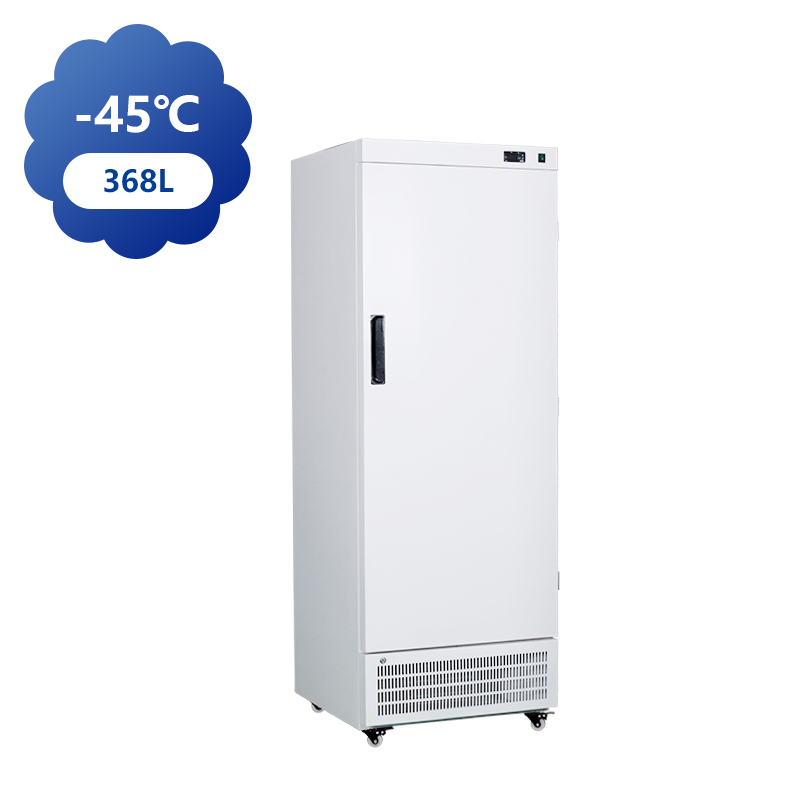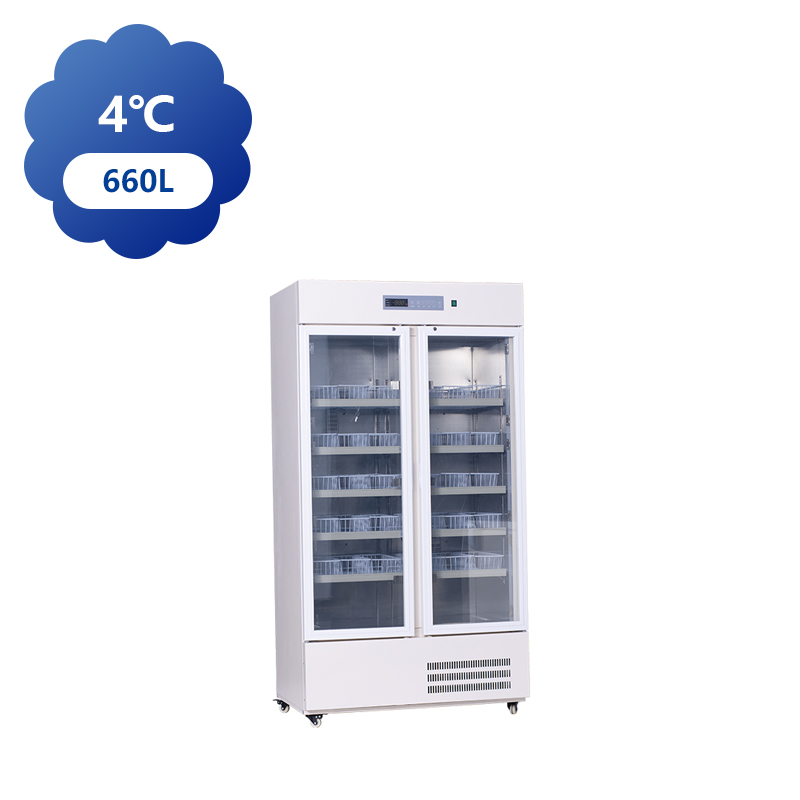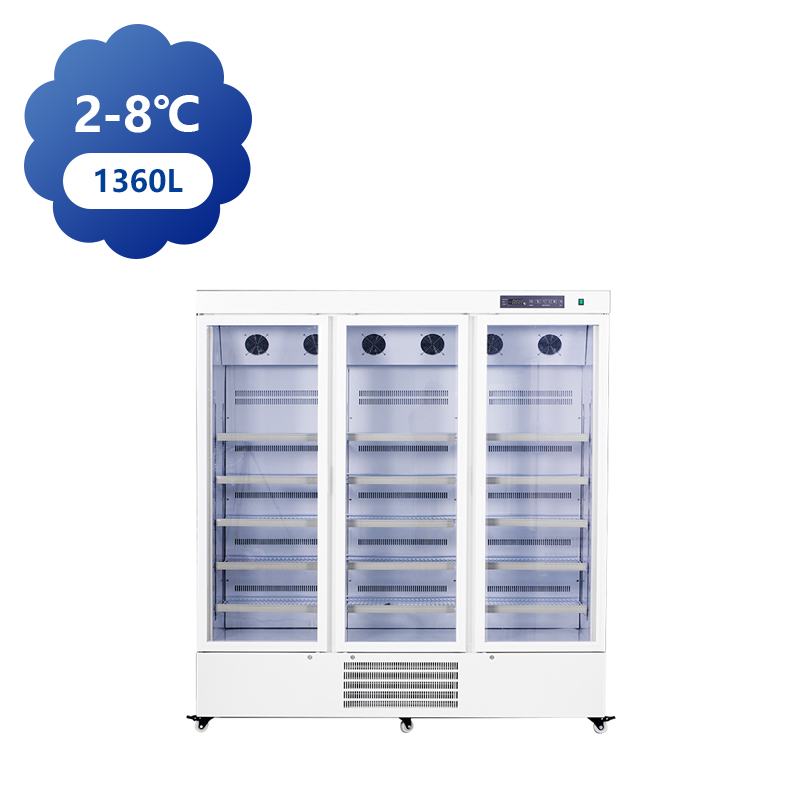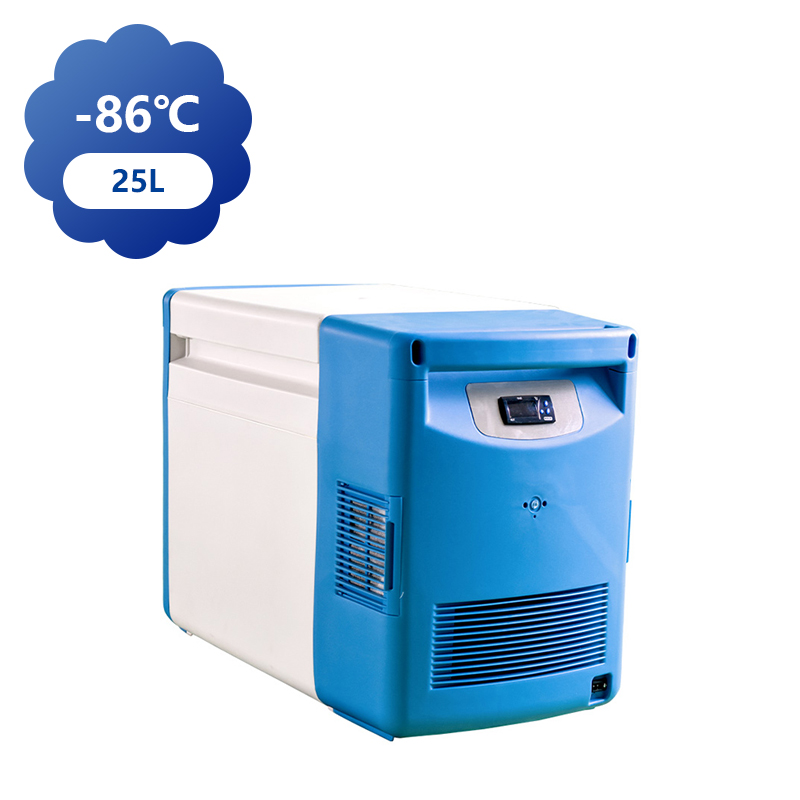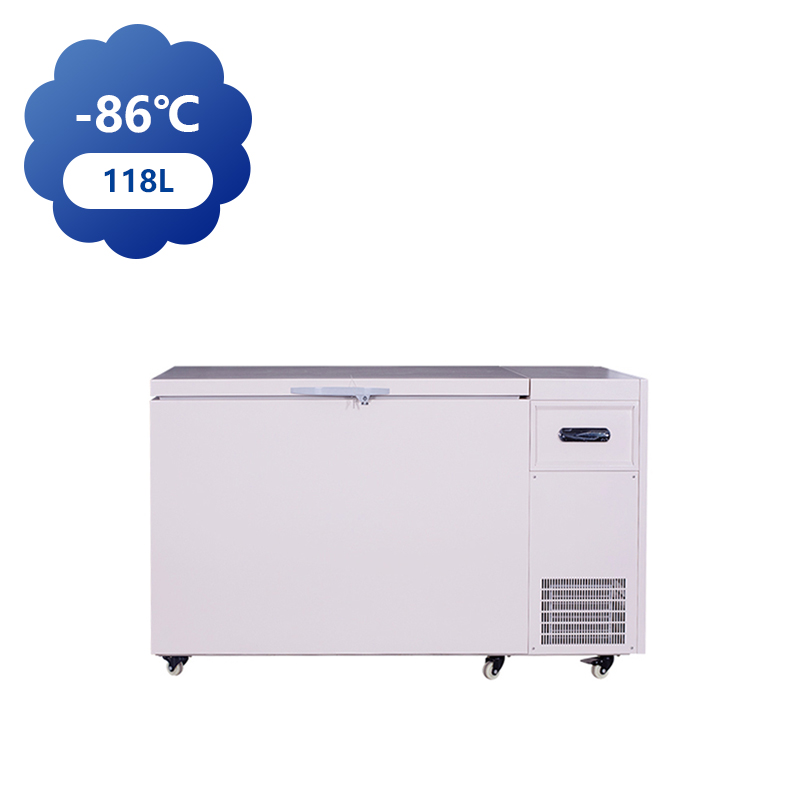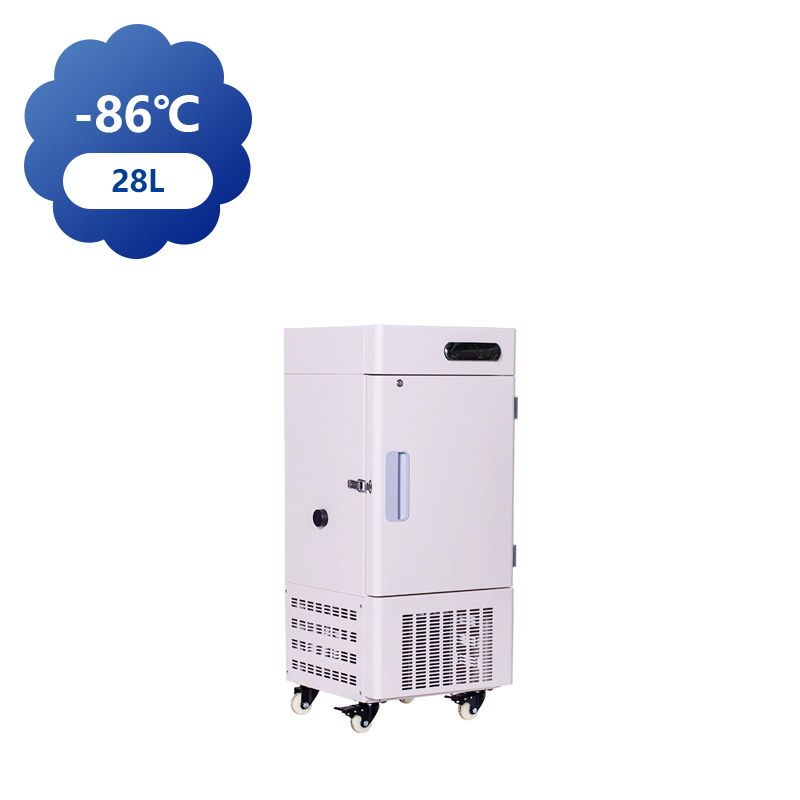You can contact to me using this form.
The minus 70 Ultra Low Temperature Freezer For Medical is designed to store sensitive medical materials that require ultra-low temperatures for preservation, typically at temperatures around -70°C. These include vaccines, enzymes, blood plasma, and other biological materials, many of which are critical for healthcare operations. At temperatures of -70°C, the chemical and physical degradation of biological components is significantly slowed, thereby preserving their efficacy for longer periods.
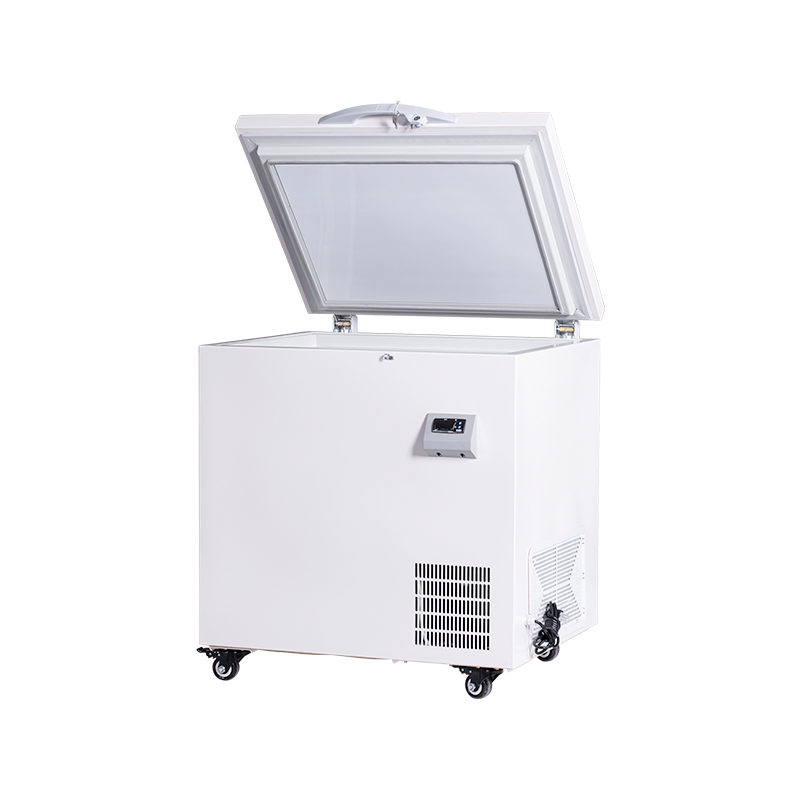
The freezer's role is paramount in a variety of medical and pharmaceutical applications. In particular, the minus 70 Ultra Low Temperature Freezer For Medical is essential for maintaining the potency and safety of vaccines and certain biologics, which can lose their effectiveness if exposed to higher temperatures. Furthermore, in the field of molecular biology and genetic research, many enzymes and samples require such low storage temperatures to prevent degradation, ensuring that the research continues without compromise.
Key Design Features of Minus 70 Ultra Low Temperature Freezer For Medical
When designing a minus 70 Ultra Low Temperature Freezer For Medical, there are several critical factors to consider. These include temperature consistency, energy efficiency, user-friendly features, and reliability, all of which contribute to the freezer's overall performance and longevity.
Temperature Uniformity:
Maintaining a consistent temperature throughout the entire freezer is essential for ensuring the quality of stored materials. The minus 70 Ultra Low Temperature Freezer For Medical is designed with advanced refrigeration systems, often incorporating cascade refrigeration technology. This system uses multiple cooling stages to achieve and maintain ultra-low temperatures. Additionally, high-performance insulation minimizes temperature fluctuations caused by external factors, ensuring uniform cooling throughout the freezer.
Energy Efficiency:
While the minus 70 Ultra Low Temperature Freezer For Medical requires significant energy to maintain such low temperatures, modern units are increasingly designed with energy efficiency in mind. Advanced compressors and improved insulation technologies help reduce the overall energy consumption of the freezer, making it more sustainable and cost-effective in the long run. These improvements also contribute to the environmental impact of operating such equipment.
Safety and Reliability:
The reliability of a minus 70 Ultra Low Temperature Freezer For Medical is vital to ensure that sensitive materials are not compromised. Many freezers include backup systems, such as dual compressors, to ensure continued operation in case one fails. Additionally, temperature alarms, remote monitoring capabilities, and door locks ensure that the stored materials are continuously maintained at the required temperature. Such features are crucial for medical institutions where patient safety and sample integrity are paramount.
Ergonomics and User-Friendliness:
The minus 70 Ultra Low Temperature Freezer For Medical should be designed to be user-friendly, ensuring that laboratory technicians and healthcare providers can access and manage materials with ease. Features like digital displays, intuitive control panels, and well-organized storage compartments enhance the overall usability of the unit. Furthermore, ergonomic door handles and easy-to-clean surfaces contribute to a more efficient and convenient storage solution.
Applications of Minus 70 Ultra Low Temperature Freezer For Medical
The minus 70 Ultra Low Temperature Freezer For Medical serves a broad array of applications across the medical and pharmaceutical sectors. Some of the primary uses include:
Vaccine Storage:
Vaccines are among the sensitive medical products that require ultra-low temperatures for storage. Many vaccines, especially mRNA-based vaccines, need to be stored at -70°C to preserve their integrity and prevent degradation. The minus 70 Ultra Low Temperature Freezer For Medical is specifically designed to meet these needs, ensuring that vaccines remain viable for distribution and use.



 中文简体
中文简体 English
English Français
Français عربى
عربى +86-15988502726(wechat)
+86-15988502726(wechat)